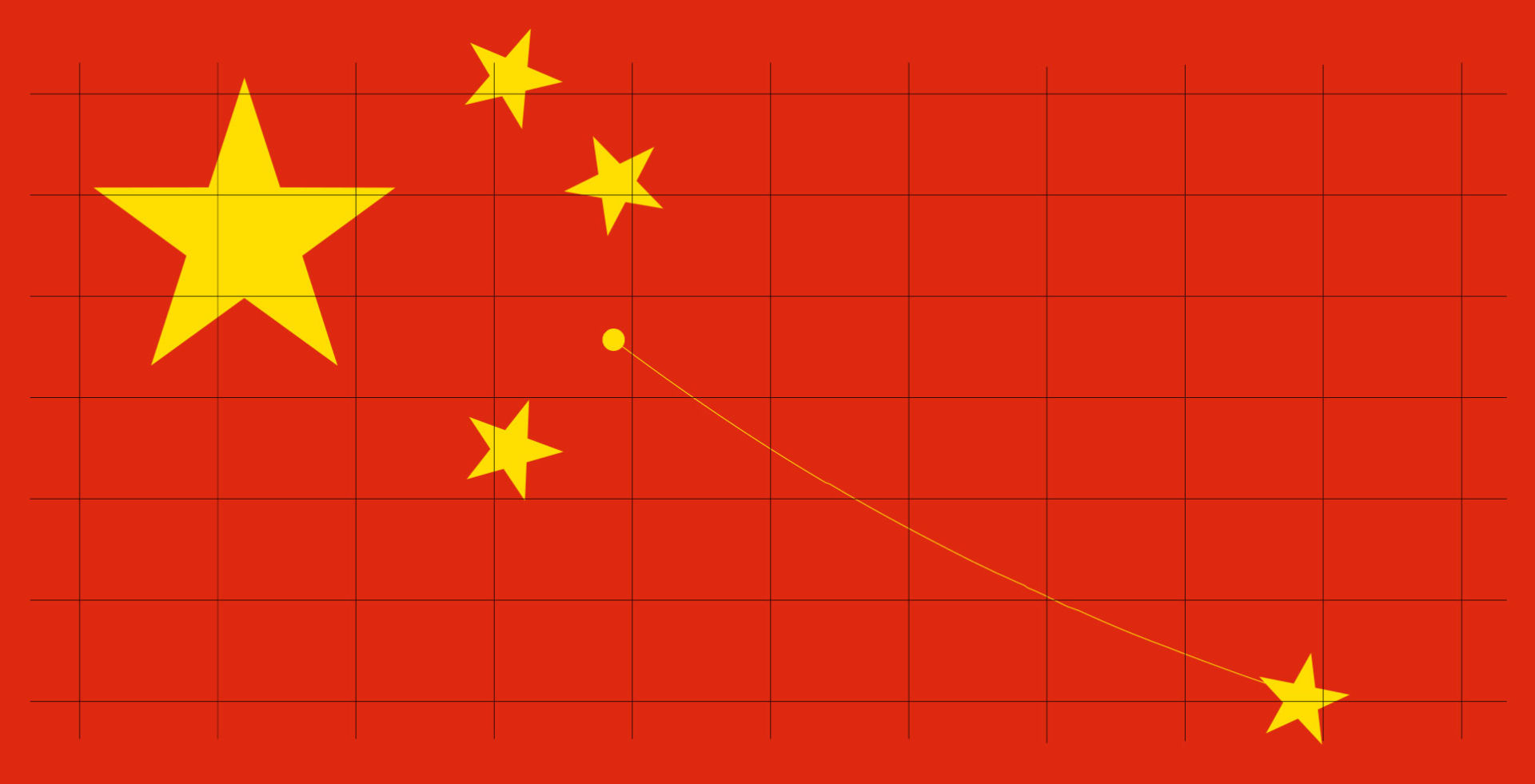
Editor’s note: The following is an opinion piece by BayWa r.e. Solar Systems CCO Daniel Marino. Please undertake sufficient research before making any purchasing decisions.
Following China’s abrupt reduction of support for the nation’s PV market policy on May 31st, market analysts predicted a severe and sustained drop in China demand (up to 27%) in Q3/Q4 2018. The announcement ushered in a period of negative market sentiment from suppliers. Likely short-term fallout includes a 34% decline in poly module pricing and compressed margins for Chinese manufacturers. However, there are varying analyses of how this will impact pricing in the US. Here are a few points to consider when evaluating the impact on your business.
Actual China Supply-Demand Imbalance is Dynamic
There is a lack of consensus regarding the scale of demand reduction in China. Larger Chinese manufacturers (especially those focused on mono) have stated that they will still be able to sell a significant volume into China this year, even without government subsidies. In China, the policy shock will likely push weaker manufacturers that have been overly reliant on the Chinese market out of the industry over the next year(s), effectively reducing supply. Outside of China, manufacturers may suffer as they respond to lower pricing and increased competition from manufacturers that had been more reliant on China demand.
While demand globally is not strong enough to offset the decline in China in the short term, as inventories are worked down over the next quarter and lower pricing spurs demand in other markets, supply and demand will find a new balance. India, Europe, and many emerging markets will see strong growth in 2018, a trend that is expected to continue into 2019 and beyond.
Poly vs Mono
The slowdown in demand is expected to impact poly much more severely than mono, with the latter still benefitting from demand through the nation’s Top Runner program as well as market preference in the US and Europe. Poly pricing has plummeted in recent weeks due to large inventory position globally, creating a significant spread between poly and mono modules. That said, recent figures show that global prices for mono solar PV products have fallen sharply in a week-on-week comparison, with wafer costs experiencing a particularly strong drop.
Additional Factors Impacting Consequences for the U.S. and Europe
U.S. prices are higher than global averages as imports are affected by Section 201 tariffs and Chinese product is subject to anti-dumping and countervailing duties imposed on solar cells and modules from China and Taiwan in 2012 and 2014. Because of these policies and an MIP regime in place in Europe, U.S. and European markets are primarily served by Chinese manufacturing facilities located in southeast Asia as well as manufacturers based in Korea and Taiwan. Sufficient capacity exists to serve the U.S. and Europe from these regions; however, this capacity is limited and is more expensive to operate than facilities in China due to labor rates, lack of scale, additional costs associated with OEM manufacturing, and higher freight costs, meaning that the products manufactured in SE Asia are not priced competitively for markets outside of Europe and the U.S.. In addition, capacity for the U.S. is constrained due to a significant time lag and expense associated with opening new factories or new PV manufacturing lines.
This means that as demand drops in China, manufacturers cannot flood the U.S. with excess capacity, so the U.S. is at least partially shielded from global price pressures.
Additional Factors Contributing to Price Volatility in the U.S.
Pricing in the U.S. has fallen 5-10% in the past month as business to business purchases slowed (even though consumer demand did not). We see this as mostly unrelated to the China demand announcement, and rather believe it was due to other domestic factors including, a) excess inventory at many manufacturers and in the channel as the industry continues to recover from forward purchases by contractors, EPC’s and distributors in anticipation of the Section 201 tariff, b) some consumers, installers and distributors are pushing out purchasing decisions in anticipation of further price declines, and c) Many manufacturers’ plans had assumed market growth in 2018 when, in fact, the market is essentially flat.
Therefore, outside of this 5-10% price drop, we believe the U.S. market can expect small downward price adjustments through the rest of 2018. Steep additional declines are unlikely as manufacturers have already dropped pricing to near cost levels in an effort to drive demand and reduce inventories in a stagnant market.
In short, while the U.S. market will have significant price pressure, it will be much less than in most other global markets.
An as-yet unknown factor is the potential cancellation of the Minimum Import Price (MIP) regime in Europe, a move that would increase the available capacity for the USA as European buyers shift to less expensive modules.
There are parallels between the US and global markets, in that the negative market sentiment is temporary. Inventories will balance over the next quarters and demand will increase in response to lower pricing. Short term, we can expect the market ‘panic’ resulting from the China policy announcement to subside and for pricing to level out or decline gradually quarter on quarter.





Great insight. Thanks for sharing!
Thanks for the great article! Can’t wait to see some of this flow through!